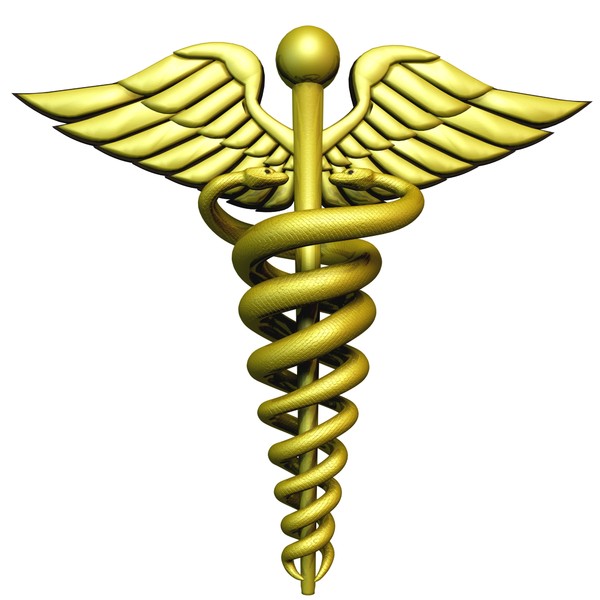Prior to January 2016, Professional Degrees were subject to Equitable Distribution. However, that law was changed by Statute for all divorces filed after December 31, 2015. If your divorce was filed in 2016 or after, the below DOES NOT Apply to you. If your divorce was filed in 2015 or earlier then it does. Here is a link to the new and current law:https://nydivorcefacts.com/professional-degrees-and-licenses-are-no-longer-marital-property/
Doctors, lawyers, dentists and other professionals face unique challenges under New York Divorce law. Under the New York equitable distribution law, all property acquired during marriage is subject to division. The courts have interpreted that to mean that degrees, licenses and practices are subject to division.
In 1985 the Court of Appeals in New York, in the landmark case of O’Brien v. O’Brien, 66 N.Y.2d 576, held that the husband’s “medical license constitutes ‘marital property’ within the meaning of [ New York ] Domestic Relations Law.”
As the Court explained the facts:
Plaintiff and defendant married on April 3, 1971. At the time both were employed as teachers at the same private school. Defendant had a bachelor’s degree and a temporary teaching certificate but required 18 months of postgraduate classes at an approximate cost of $ 3,000, excluding living expenses, to obtain permanent certification in New York. She claimed, and the trial court found, that she had relinquished the opportunity to obtain permanent certification while plaintiff pursued his education. At the time of the marriage, plaintiff had completed only three and one-half years of college but shortly afterward he returned to school at night to earn his bachelor’s degree and to complete sufficient premedical courses to enter medical school. In September 1973 the parties moved to Guadalajara, Mexico, where plaintiff became a full-time medical student. While he pursued his studies defendant held several teaching and tutorial positions and contributed her earnings to their joint expenses. The parties returned to New York in December 1976 so that plaintiff could complete the last two semesters of medical school and internship training here. After they returned, defendant resumed her former teaching position and she remained in it at the time this action was commenced. Plaintiff was licensed to practice medicine in October 1980. He commenced this action for divorce two months later. At the time of trial, he was a resident in general surgery.
During the marriage both parties contributed to paying the living and educational expenses and they received additional help from both of their families. They disagreed on the amounts of their respective contributions but it is undisputed that in addition to performing household work and managing the family finances defendant was gainfully employed throughout the marriage, that she contributed all of her earnings to their living and educational expenses and that her financial contributions exceeded those of plaintiff. The trial court found that she had contributed 76% of the parties’ income exclusive of a $ 10,000 student loan obtained by defendant. Finding that plaintiff’s medical degree and license are marital property, the court received evidence of its value and ordered a distributive award to defendant.
Defendant presented expert testimony that the present value of plaintiff’s medical license was $ 472,000. Her expert testified that he arrived at this figure by comparing the average income of a college graduate and that of a general surgeon between 1985, when plaintiff’s residency would end, and 2012, when he would reach age 65. After considering Federal income taxes, an inflation rate of 10% and a real interest rate of 3% he capitalized the difference in average earnings and reduced the amount to present value. He also gave his opinion that the present value of defendant’s contribution to plaintiff’s medical education was $ 103,390. Plaintiff offered no expert testimony on the subject.
The Plaintiff argued that the license was “not property at all but represents a personal attainment in acquiring knowledge.” The New York Court of Appeals, did not accept this argument. The Court held that the New York equitable distribution law radically changed the concept of property. “[T]he New York Legislature deliberately went beyond traditional property concepts when it formulated the Equitable Distribution Law Instead, our statute recognizes that spouses have an equitable claim to things of value arising out of the marital relationship and classifies them as subject to distribution by focusing on the marital status of the parties at the time of acquisition. Those things acquired during marriage and subject to distribution have been classified as ‘marital property’ although, as one commentator has observed, they hardly fall within the traditional property concepts because there is no common-law property interest remotely resembling marital property.”
The practical effect of the O’Brien decision is that any degree or license earned during the marriage is subject to distribution. Therefore, an appraiser will have to be employed to determine the value of the degree or license, and then the court will determine how much money will flow from the spouse who earned the degree or license. For a professional, the value of the degree could be quite high.

